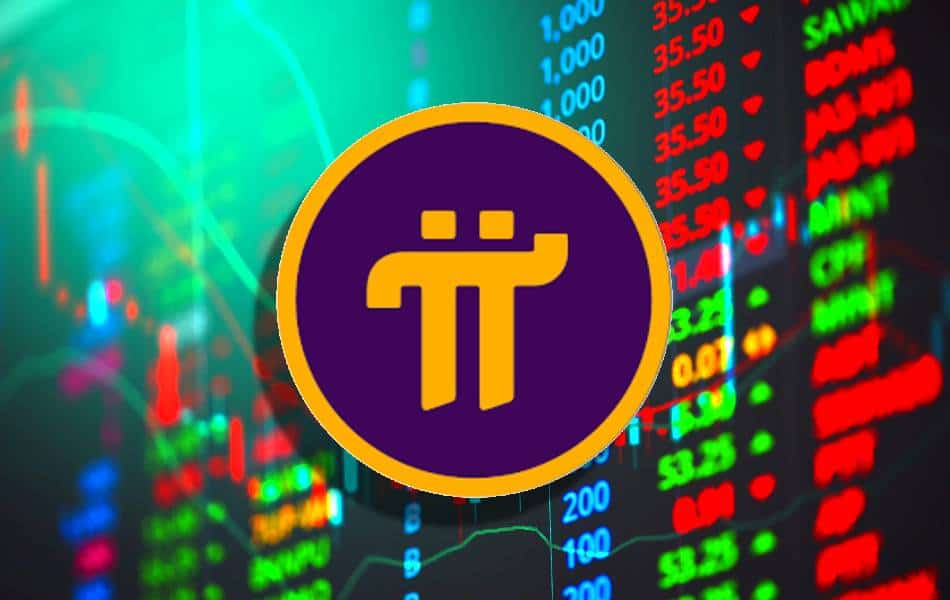The other day, I was chatting with a friend who’s deeply involved in cryptocurrency, and the conversation inevitably drifted towards the fascinating, and often volatile, world of digital assets. He mentioned something that piqued my interest: the seemingly unpredictable nature of pi price. This sparked a deeper inquiry into the forces shaping this intriguing market. What truly determines the value of pi? Is it merely speculation, or are there more fundamental factors at play? Let’s dive in.
Understanding the Fundamentals of Pi Price
Before we can delve into the complexities of pi price movements, we need to establish a solid foundation. What exactly is pi, in the context of this discussion? It’s a cryptocurrency project aiming to [insert accurate, concise description of the Pi Network project and its goals, emphasizing its unique aspects]. Unlike many cryptocurrencies, Pi claims a different approach to mining and distribution. Understanding this core mission is critical to analyzing its value proposition and, consequently, its price.
The Influence of Supply and Demand on Pi Price
One of the most fundamental economic principles affecting any asset’s price, including pi price, is the interplay of supply and demand. The limited supply of pi (or any cryptocurrency) can drive up its value if demand increases significantly. However, this is a double-edged sword. A sudden decrease in demand, coupled with an increase in supply, could lead to a price drop. It’s a constant balancing act. This is further complicated by the unique features of the Pi Network’s mining mechanism. How does this controlled release of new coins affect the overall supply, and what implications does it have for the pi price in the long run? This is a question that deserves careful consideration.
Technological Advancements and Their Impact on Pi Price
Technological developments within the Pi Network itself—improvements to its blockchain, the introduction of new features, or the successful integration with other platforms—can significantly influence its pi price. Positive technological advancements often boost investor confidence, leading to increased demand and a higher price. Conversely, setbacks or security concerns could severely dampen investor enthusiasm, causing a price decline. In my experience, technological progress is often a key driver in the cryptocurrency market, and the Pi Network is no exception.
The Role of Market Sentiment and Speculation in Pi Price Volatility
Market sentiment plays a crucial role in the price fluctuations of any asset, especially in the volatile cryptocurrency market. News articles, social media discussions, and even influencer opinions can dramatically influence pi price. Speculation, the anticipation of future price movements, can further amplify these fluctuations. This makes the pi price susceptible to sudden and dramatic shifts, often independent of any fundamental changes within the network itself. How can investors navigate this sea of speculation and sentiment to make informed decisions? This is a challenging question requiring careful analysis.
Regulatory Landscape and its Influence on Pi Price
The regulatory environment surrounding cryptocurrencies is constantly evolving. Government regulations, whether favorable or unfavorable, can dramatically impact pi price. Clear regulatory frameworks can increase investor confidence, potentially boosting the pi price. However, restrictive regulations can stifle growth and decrease the pi price. It’s interesting to note how different jurisdictions are adopting different approaches, creating a complex and dynamic global regulatory landscape for cryptocurrencies like Pi.
Analyzing Pi Price: A Long-Term Perspective
Predicting pi price with certainty is, frankly, impossible. The cryptocurrency market is inherently volatile and influenced by a multitude of interconnected factors. However, taking a long-term perspective, focusing on the fundamental technological advancements and the overall adoption rate of the Pi Network, can provide a more nuanced understanding. A thorough analysis of these factors, combined with a realistic assessment of market sentiment and regulatory changes, is crucial for informed decision-making. One thing to keep in mind is that short-term price fluctuations are often less indicative of the long-term potential of a project than sustained growth and adoption.
Wrapping Up
Understanding pi price requires a multifaceted approach, considering supply and demand, technological innovation, market sentiment, and the regulatory landscape. While precise prediction is impossible, a thorough analysis of these factors offers a more informed perspective on this evolving cryptocurrency. My advice? Don’t focus solely on short-term price movements; instead, invest time in understanding the underlying technology and the long-term vision of the project itself.
